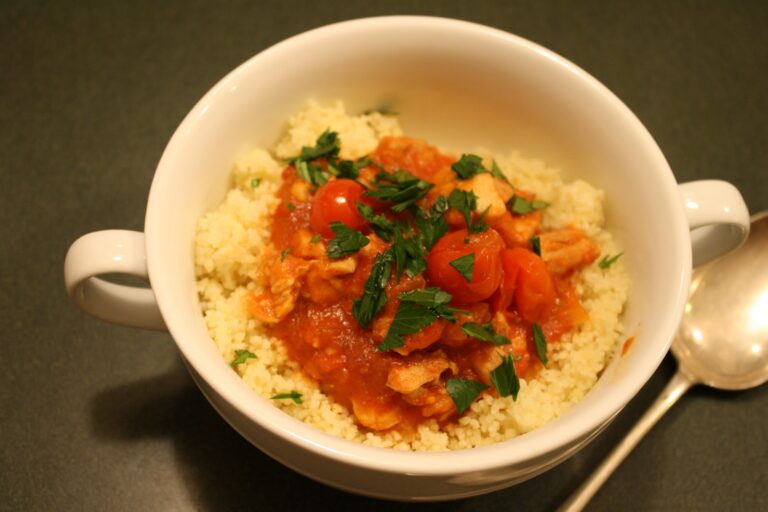Introduction: Mali’s rich agricultural history
Mali is a landlocked country in West Africa with a rich agricultural history. Agriculture has always been the driving force behind Mali’s economy and livelihood, as it accounts for over 40% of the country’s gross domestic product. Mali’s agricultural practices have evolved over the centuries, from subsistence farming to commercial agriculture. These practices have influenced Mali’s cuisine, which is rich in flavors, textures, and aromas.
Traditional crops and their uses in Malian cuisine
Mali’s traditional crops include millet, sorghum, corn, and rice. These crops are used in various ways in Malian cuisine. Millet is the most important crop in Mali, and it is used to make a variety of dishes such as porridge, couscous, and bread. Sorghum is used to make a popular Malian drink called “dolo,” which is a fermented beer. Corn is used to make “tô,” which is a porridge-like dish that is often served with sauce. Rice is used to make dishes such as “riz au gras” and “riz sauce.”
The significance of millet in Malian food culture
Millet is the staple crop of Mali, and it has a significant role in Malian food culture. It is a drought-resistant crop that can grow in poor soils, making it ideal for the arid regions of Mali. Millet is used in various traditional dishes, such as “tô,” which is a porridge made by boiling millet in water. It is often served with a sauce made from vegetables, meat, or fish. Millet couscous is another popular dish in Mali, which is made by steaming millet grains. Millet bread is also a common food in Mali, which is made by mixing millet flour with water and baking it.
How livestock rearing affects Malian cuisine
Livestock rearing is an essential part of Malian agriculture, and it has a significant impact on Malian cuisine. Cows, goats, sheep, and chickens are the most common livestock in Mali, and they are used for their meat, milk, and eggs. Meat plays a crucial role in Malian cuisine, and it is often used in stews and sauces. Milk is used to make a popular Malian drink called “soumbala,” which is a fermented milk drink. Eggs are used in various dishes, such as omelets and frittatas.
Water management and its impact on Malian agriculture
Water management is a significant issue in Mali, and it has a significant impact on Malian agriculture. The Niger River is the primary source of water for irrigation in Mali, and it is used to irrigate crops such as rice, vegetables, and fruits. Irrigated crops are an essential part of Malian cuisine, and they are used in various dishes such as rice with vegetables and fruit salads. Farmers in Mali also use traditional techniques such as “zai” pits, which are small holes dug in the soil to trap water and promote plant growth.
Conclusion: Mali’s agricultural practices in its cuisine
Mali’s rich agricultural practices have had a significant influence on its cuisine. Traditional crops such as millet, sorghum, corn, and rice have been used for centuries to make a variety of dishes. Livestock rearing and water management have also played a crucial role in Malian agriculture and cuisine. Malian cuisine is a fusion of traditional and modern cooking techniques, and it is known for its rich flavors, textures, and aromas.

